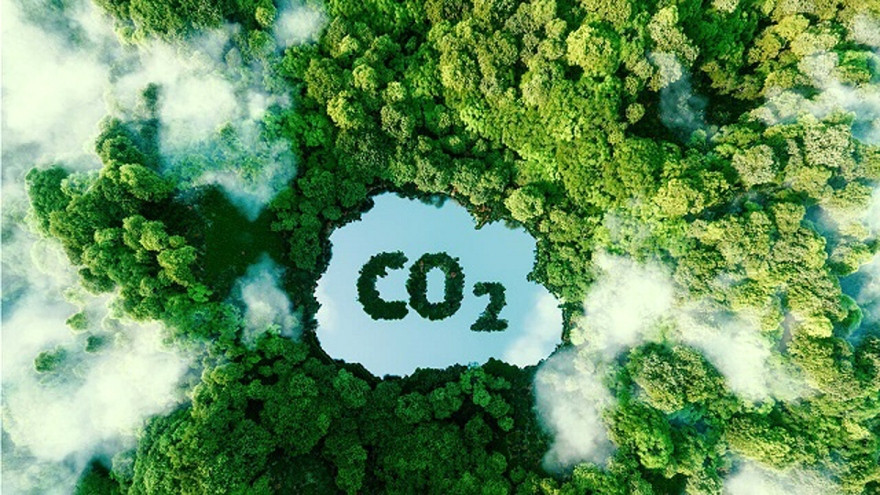
In recent years, several localities have received proposals from domestic and international organizations and individuals to explore and implement forest carbon absorption and sequestration services (forest carbon services). These include measuring, reporting, verifying, issuing, and trading forest carbon credits.
This is a new field, and the legal framework needs further refinement. The Forestry Department aims to complete these regulations in the near future.
The agricultural sector is tasked with reducing greenhouse gas emissions by 129.8 million tons of CO2 by 2030. Based on this goal, the Ministry of Agriculture and Rural Development (MARD) has assigned the forestry and land-use sectors to cut emissions by at least 39.31 million tons of CO2 by 2025 and 79.1 million tons by 2030.
According to the REDD+ Vietnam report, between 2014 and 2018, emissions reductions from forests amounted to approximately 56.7 million tons, including 20.3 million tons from emission reductions and 36.4 million tons from increased absorption.
"The achieved reductions and increased absorption are due to the efforts in restoring, protecting, and developing forests nationwide. Therefore, the forestry sector has the potential and is gradually preparing the necessary conditions, legal documents, and detailed guidelines to participate in the domestic and international carbon market," said Tran Quang Bao, Director of the Forestry Department.
Vietnam is currently implementing a single program for transferring emission reduction results/forest carbon credits: the Emission Reductions Payment Agreement (ERPA) for the North Central region, signed on October 22, 2020, between MARD and the International Bank for Reconstruction and Development (World Bank Group).
Under ERPA, Vietnam will transfer 10.3 million tons of CO2 to the World Bank (with an option to increase by up to 5 million tons of CO2) at a price of $5 per ton, totaling $51.5 million.
To implement ERPA, the government has issued a decree on the pilot transfer of emission reduction results and ERPA financial management.
In addition, MARD and the Forest Carbon Partnership Facility (Emergent), the administrative body of the Lowering Emissions by Accelerating Forest finance (LEAF) Coalition, are preparing to negotiate, sign, and implement an Emission Reduction Purchase Agreement (ERPA) for the Central Highlands and South Central regions based on the Letter of Intent signed on October 31, 2021.
Vietnam is expected to transfer 5.15 million tons of CO2 to LEAF/Emergent for the Central Highlands and South Central regions between 2021 and 2025.
Several provinces, such as Quang Nam, Son La, Lao Cai, and Thanh Hoa, have proposed pilot projects for forest carbon credit investment and trading. However, these proposals have not yet been implemented due to a lack of legal regulations and detailed guidance.
On July 24, Quang Nam province held a seminar on carbon storage and biodiversity.
Ho Quang Buu, Vice Chairman of Quang Nam Provincial People's Committee, stated that the province is working to complete the documentation to request the government to allow pilot implementation of the project or participation in regional carbon projects.
This effort aligns with the government's goal of piloting a carbon credit trading platform by 2025, aimed at creating sustainable financial resources to protect forests, improve the quality of existing natural forests, and develop forests sustainably for the future.
In 2021, the government allowed Quang Nam to develop a pilot project for forest carbon credit trading, targeting greenhouse gas emission reductions through preventing deforestation and forest degradation, and sustainably managing forest resources for the period 2021-2025.
Quang Nam has nearly 630,000 hectares of natural forest, which can sequester approximately 1 million tons of carbon annually.
PV